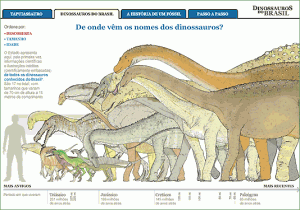Mark Potts, who is a reporter and editor for The Washington Post, came and spoke to our Comm. 361 class on March 29. He has been exploring the digital world for 19 years and is always looking for new tools to utilize.

Copyright: newsonomics.com
During Potts presentation, he gave us TONS of wonderful resources, helpful websites, and examples of well-done storytelling.
One thing that I was especially surprised to hear was that he spoke very highly of Wikipedia and called it “a fantastic news site”. After constantly hearing from professors that it’s not a reputible source of information, here Potts comes saying he thinks it’s great. He explained how its got voluminous work and is built by the crowd, which adds to it’s resourcefulness.
He then showed us a story done in December of 2010 that utilized Facebook as the medium to telling the story. So in essence,Facebookdid the storytelling and the rest fell into place. The article is called “A Facebook story: A mother’s joy and a family’s sorrow” and can be found here.
He explained how Storify gives the reader structure and some kind of flow, but doesn’t necessarily work for every story. He definitely believes that crowdsourcing is a HUGE component to storytelling today and very beneficial.
“Do what you do best and link to the rest,” Potts said towards the middle of his presentation. I thought this was very powerful and presented the fact that using outside resources and stories to LINK to your story is a good thing.
Another big topic that came up, as always, was Twitter. His take on it was incredibly different from what we’ve been hearing from previous speakers. He said:
- He only uses it to tweet his recent blog posts
- Doesn’t care for it
- Doesn’t see it as that interesting
- Isn’t filtered
- There’s just too much stuff
I was very surprised to hear this, but understood what he meant at the same time. It’s good to find the pros and cons to everything, and since we’ve ONLY been hearing the pros it was cool to get a different perspective.
He ended his presentation by saying that he stopped reading print news years ago because there’s better writing on the web. He explained how30 years ago only way you got info was the newspaper. It was the only option you had. He explained how newspapers are out of date the second they’re published, but that the web is constantly keeping up to the SECOND with information.
His final statement, which stuck with me for the rest of the day was, “We need to be our own filters today.” Basically saying, there’s so much information out there, but WE need to be responsible consumers.







 In today’s class, we heard from Brad Kalbfeld, who among other things, is the editor of the “
In today’s class, we heard from Brad Kalbfeld, who among other things, is the editor of the “